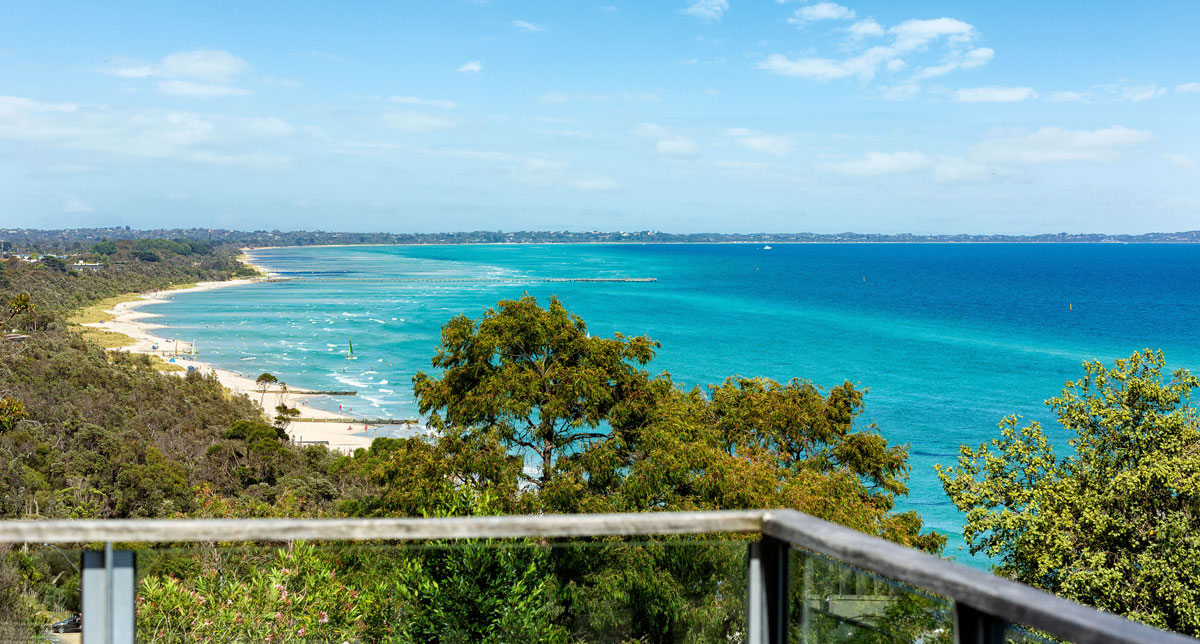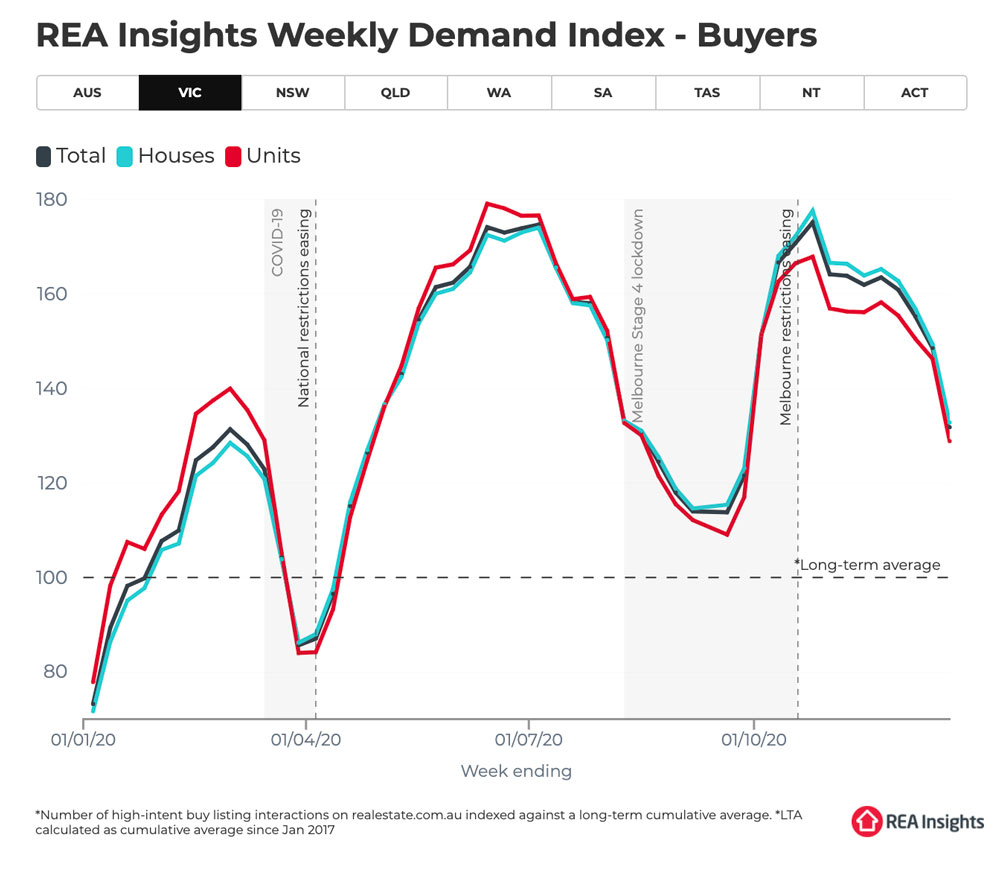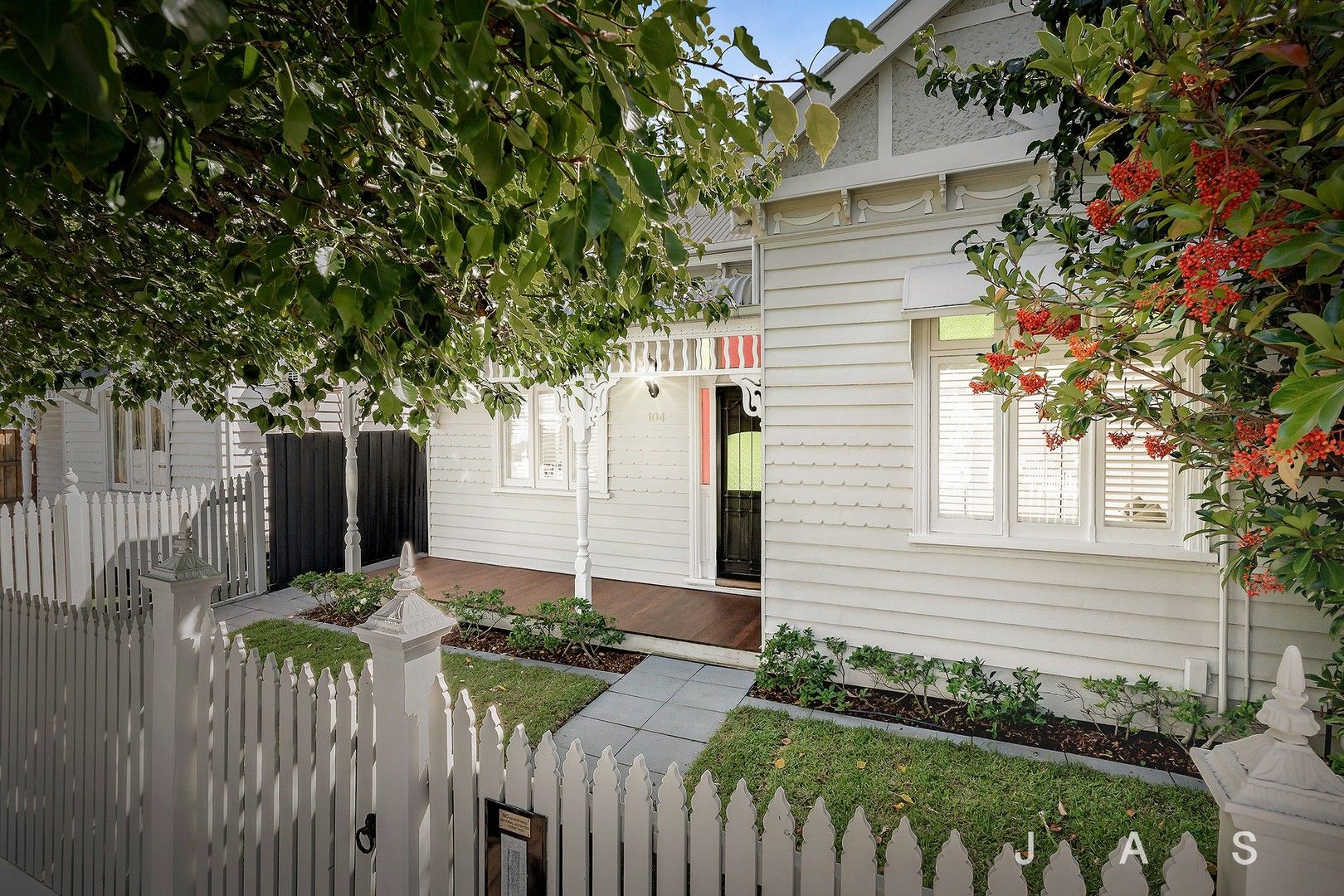
As we momentarily stop to gather our thoughts, and reflect on the year that will be etched in our memories forever, a sense of nervous relief and gratitude washes over many of us. We’ve been through the highs and lows of a roller coaster 12 months. Some have fared better than others, but some have lost loved ones and others have had businesses devastated or careers turned upside down. Our human spirit has continued to shine on through strength and resilience, community solidarity and an optimism that we’ve been through tough times together and have made it out the other side. Cautious that we could just as easily slip back in to where we’ve been.
There has been a monumental shift in mindset from keeping up with the Joneses, to placing more emphasis on family, lifestyle and work-life balance. This in turn has made the Mornington Peninsula one of the most desired parts of Australia to live. No longer is the 1-1.5hr commute seen as prohibitive for city workers now that the full time office desk role is less of a requirement. The mixture of country and coast, affordability, space and lifestyle, yet still being able to retain city jobs, has driven a huge surge in sea change buyers.
The other huge shift has been the demand for holiday homes since overseas travel has been temporarily suspended. The ability to generate short term rental income through airbnb and stayz, while also having personal use, coupled with the lowest interest rates in history, has made the prospect of holidays on the Mornington Peninsula even more attractive than usual.
The only problem with an increased number of buyers, is that there needs to be enough supply of homes for sale to keep the market in equilibrium. Without enough supply, the only outcome is price rises between competing buyers. Local home owners are simply not selling unless they need to, because summer is the best time of year to use the holiday house or rent it out. The year-on-year demand in Victoria is up by 71.8% which is the largest in Australia, with New South Wales second at 54.4%. You can see in the REA weekly demand insights chart below, that we’re still way above the long term average for demand, and it’s only tapering off momentarily for the Christmas break.

What is left is a stock shortage that is being largely bought by out of town buyers, without a house to put on the market once they’ve bought. Quite simply, it’s a one dimensional market where sellers hold all the power. It’s honestly like watching seagulls fight over a chip in some cases. I’ll touch on a few examples of this below in the local reports. Properties that have an aspirational aspect are the most sought after. For example, a view of the water or a walk to the beach, a tastefully renovated or staged home that exhibits wow. These types of properties are moving so fast that agent quotes can’t keep up with the rising prices.
Below is my market wrap for the year in each of the major markets on the Mornington Peninsula.
- Northern Tip
- Around the Hill
- Southern End
It certainly doesn’t look like the market on the Mornington Peninsula is showing any signs of slowing down. It would have to take a serious economic shockwave to deter the amount of out-of-town buyers we’re seeing. Prices have risen between 10 and 30 percent from Mt Eliza to Flinders to Sorrento and everything in between. It is extremely difficult to buy property at the moment, you need to be educated, decisive, have a strategy and move quickly. If you’re up in Melbourne, the odds are against you unless you’re able to drop everything at a moments notice and head down the freeway, for the next 6 months which is the average time to buy property down here.
The agents I’m speaking with all have listings ready to launch in mid-January. There will be a period like we saw as we came out of lockdown where stock was listed and snapped up in days. This is likely to happen again towards the end of January as holiday makers turn to sea-changers, and those that missed out in 2020 pick themselves up with renewed confidence and vigour. It will be strong all the way to Easter, and then after that, only time will tell. The COVID-19 vaccine will be making its way through the population of the world and international travel will soon be back on the cards. This may have a cooling effect on the market on the Peninsula, allowing transactions to return to a normal dynamic.
The past 3 out of 5 properties I’ve bought for clients have been off-market. In a rising market, this is almost impossible to do, but with relationships and local knowledge, it can be done. Contact me to see what I’ve got in the way of off-market listings in my database, there might be one that matches your search brief. Nonetheless, having a local expert on the ground, with a finger on the pulse of prices and knowing where to buy could be the difference between you being successful or missing out. Talk to me today and I’ll give you an honest opinion of the likelihood of what you’re trying to achieve. I may even be able to find and secure your dream home, just like I did in 2020 for my successful clients in the hottest market we’ve almost ever seen.
Get in touch with Michael to find out more about the Mornington Peninsula property market, or make an appointment to discuss your requirements and see how we can help you get into your ideal home sooner.
Read more about Michael Sier & Jarrod Quint-
 Kingston – Summer 2024/25 Market ReviewRead Article
Kingston – Summer 2024/25 Market ReviewRead Article -
 Boroondara – Spring 2024 Market ReviewRead Article
Boroondara – Spring 2024 Market ReviewRead Article -
 Kingston – Winter 2024 Market ReviewRead Article
Kingston – Winter 2024 Market ReviewRead Article -
 Boroondara – Winter 2024 Market UpdateRead Article
Boroondara – Winter 2024 Market UpdateRead Article -
 Melbourne Inner North – Winter 2024 UpdateRead Article
Melbourne Inner North – Winter 2024 UpdateRead Article -
 Melbourne Inner West / North – Winter 2024 UpdateRead Article
Melbourne Inner West / North – Winter 2024 UpdateRead Article
The first step in your property journey, whether it be buying or selling, is gaining clarity on your situation.





